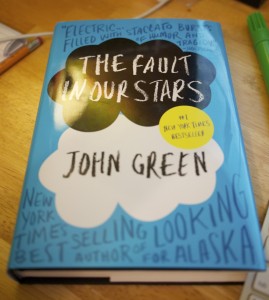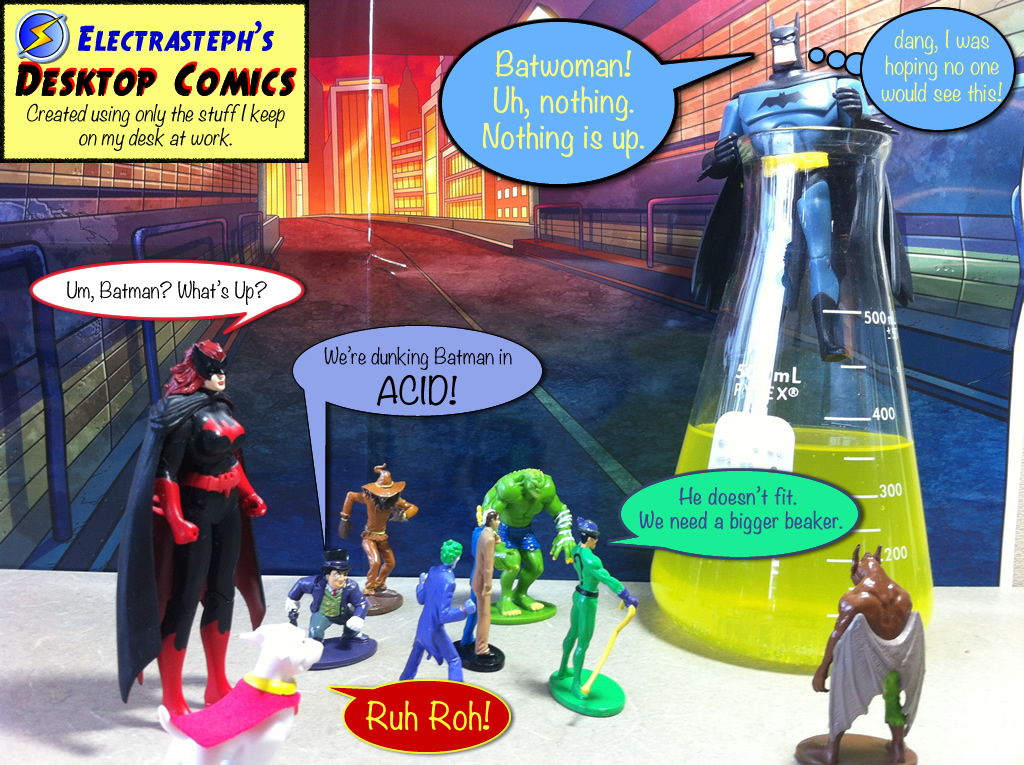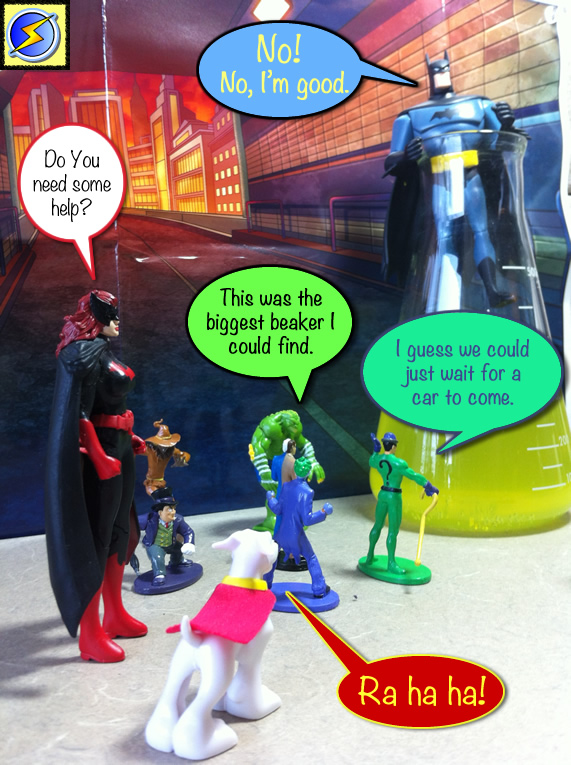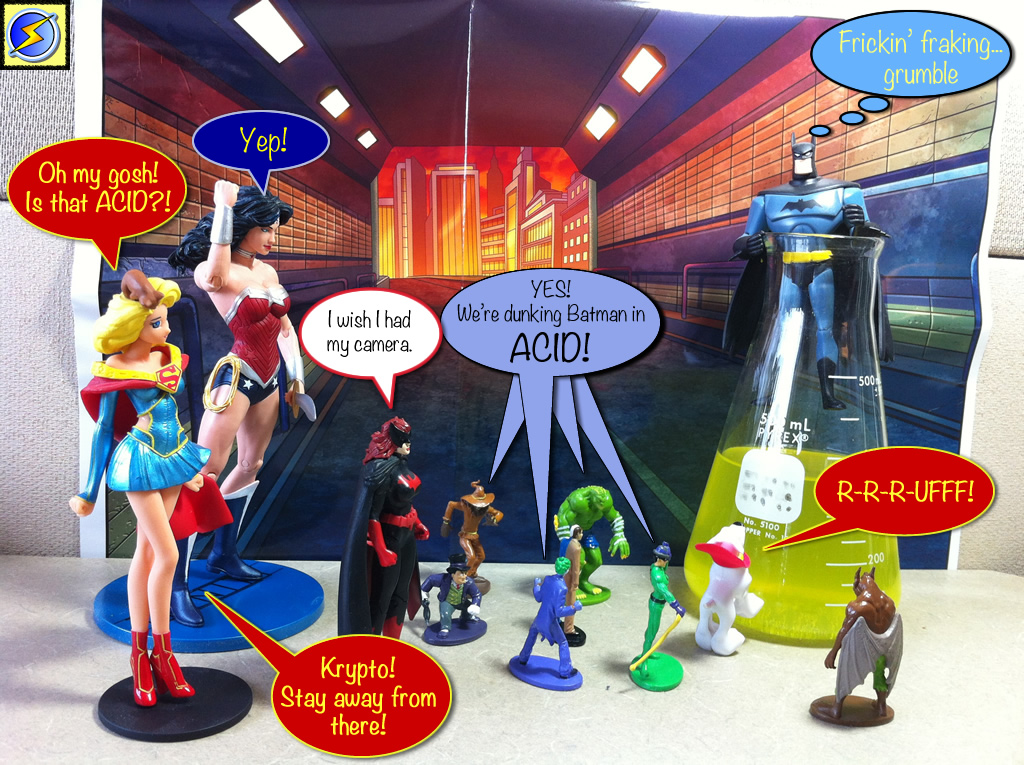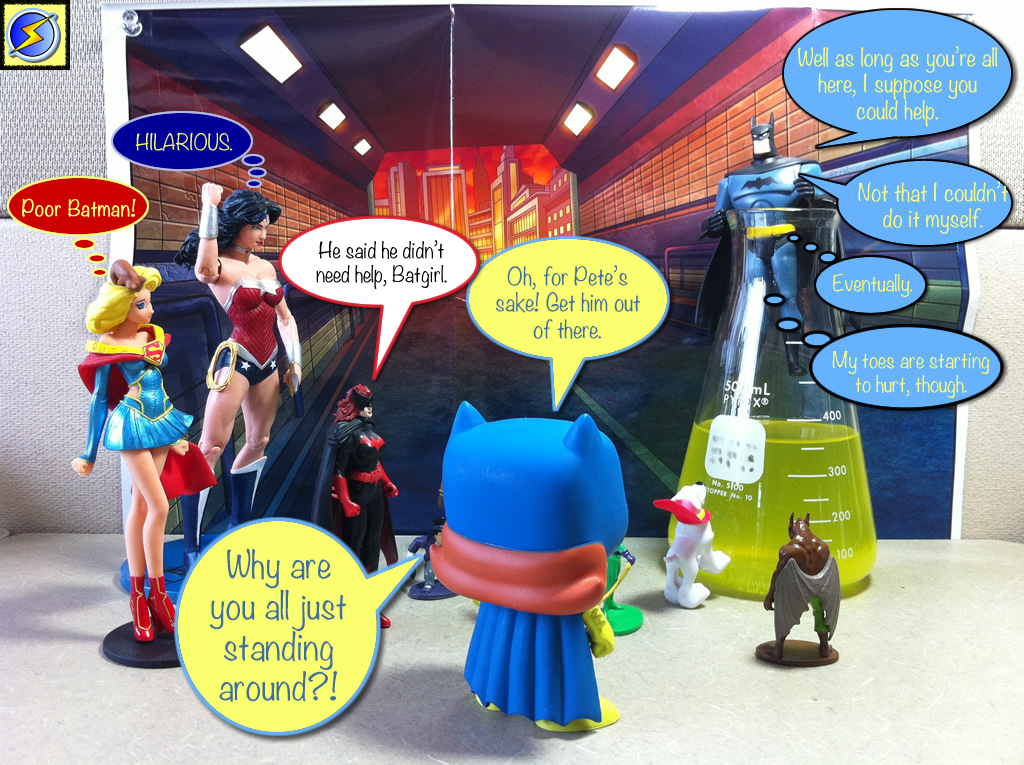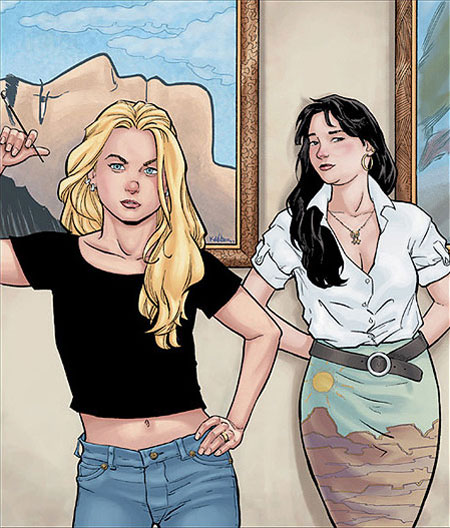Wonder Woman as a feminist icon, and DC Comics’ moral obligation to do better
Or – How DC Comics is wasting the best character they own and acting like 5-year-old idiots making jokes about Superman and Wonder Woman boning while they fly.
First, let’s start off by putting Wonder Woman in the right context.
Wonder Woman is the most important character that DC Comics owns. She’s bigger than Superman. She’s bigger than Batman. She’s bigger than the DC universe, and bigger than comic books themselves. Wonder Woman is the fictional, graphic novel equivalent of Susan B. Anthony. Or Martin Luther King, Jr. She’s a beloved feminist icon, symbolic of women in a way that no male superhero could ever be for men. Wonder Woman is the only superhero character that could, if she were written well, change the course of human history.
Wonder Woman comics, written well, could affect the lives of women and little girls around the world. Wonder Woman’s stories could influence how people think about girls and education. About rape as a tool of war. About female genital mutilation. About honor killings. About sex trafficking and sexual slavery. About women and girls as leaders. About female scientists and athletes and artists and astronauts. Wonder Woman has the power to inform our way of thinking, to shine a spotlight on the bleakness that is the existence of 80% of the female population on the planet. This is a dangerous and often miserable world to live in for 51% of the human beings on this planet. Wonder Woman has the power to transform that.
The power of the written word to move nations, to topple dictatorships, to change lives, has been proven over and over in history, even up to and include the present day. Written well, Wonder Woman comics could put a thumbprint on human history, to the effect that 200 years from now, she would be a point of discussion in our history books – the one and only comic book character that could possibly achieve that. Superman could never fly off the page that way. Batman couldn’t climb up and out of comics and into history like that. We know about male power. We know about men’s ability to manipulate, control and dominate through force; Superman and Batman have nothing new to show us. Those things are already real in the world today.
We don’t know about what women can achieve, given open opportunities and the power to make our own destinies. We may have *some* idea of that here in the United States, and in Europe. But so many of the women in our world live without any hope of opportunity. Wonder Woman is the only comic book character that has the power to transcend the medium, any medium, and take up a place in our thoughts as a symbol of the possibilities of women.
So what is this nonsense about flying and boning?
Well, Wonder Woman is finally getting a second comic book. This happens with “big” characters – Superman has multiple comics, as does Batman. Flash has also had more than one comic book. Wonder Woman has long been considered one of the “Big Three” of DC Comics, so it’s fitting that she finally gets a second book.
Except that her “second book” is not really hers – she’s taking second billing with Superman. And it’s a romance book. And they’re a couple. And the writers of the book are on twitter, making jokes about how fun it will be to write about the two of them having sex while they fly around.
Yeah. Lots of important work to do, but lets write ridiculous stories about super-powered sex. Because of course. That’s the first thing I would do, if I knew how to fly. I would screw, up in the clouds.
Never mind rescuing women from rape in the Congo. Never mind building schools for girls in the middle east and Africa. Never mind preventing girls being sold into sexual slavery in Thailand. Or building an underground railroad for lesbian and gay people to get out of Uganda before they’re slaughtered wholesale. Or, for everyone’s sake, kicking Vladamir Putin in the nads.
No, lets screw in the air! Yay! What better things could superheroes possible do?
I’m completely mystified by what DC Comics thinks they are doing with this character. It’s like they don’t even understand what they own. They’re like five-year-olds playing with a mack truck. They have the ability to do so much good, and yet they’re completely oblivious to what they hold in their hands.



